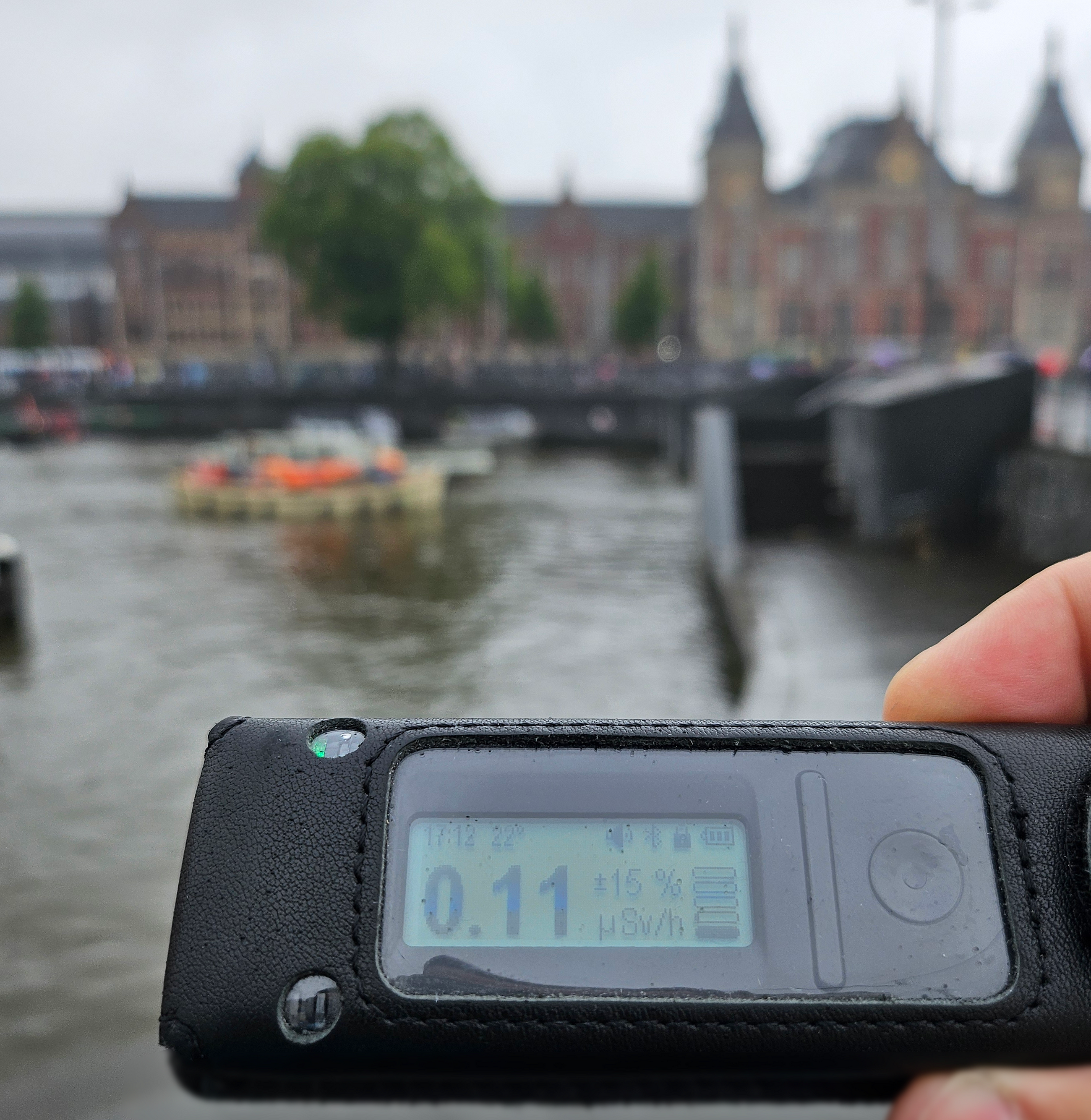Feed digilinux.ru [copy] http://digilinux.ru/feed/ has loading error: cURL error 22: The requested URL returned error: 403 Forbidden
Feed freepost [copy] https://freepo.st/rss/new has loading error: A feed could not be found at `https://freepo.st/rss/new`; the status code is `200` and content-type is `text/html; charset=utf-8`
Some fun engineering advice blog
Found a link toward this fun, but very wise, huh... blog, I guess? I don't know.
Maybe there is a better forum category for this, if so, please move the thread accordingly.
Anyway, here's the link: https://grugbrain.dev
Enjoy!
Fujifilm X100VI

The Fujifilm X100 series has always been a darling for street photographers and celebrated for its blend of classic aesthetics and modern functionality. The X100VI builds on this reputation: At first glance, the X100VI maintains the compact, retro design that has become synonymous with the series and feels nostalgic yet practical. With new features like the tilting LCD screen and upgraded EVF, it is, however, more versatile than previous versions.
I was lucky enough to find the Fujifilm X100VI for sale at a BicCamera in Osaka back in November of 2024, when it was still virtually impossible to find out, and seized the opportunity.
Weighing just under 500 grams...
Do old‑style version numbers still make sense?
Long before the endless scroll of release notes and automatic updates, software came packaged in physical media: floppies, CDs, DVDs. Version numbers were lovingly crafted—Version 3.5.2 meant something. It signaled a meaningful hierarchy: major features, minor improvements, bug fixes. You’d carefully note it in a spreadsheet, or stamp it on the media sleeve, and you knew exactly what you had. Back then, if you were shipping a desktop app on CD, you couldn’t just push a micro‑patch. You needed a build, a test cycle, a labeled release. A three‑part version number made sense: major.minor.patch told a coherent story. Then came...
Build a HTML5 “Helix Jump” prototype with Three.js and TypeScript – Step 4: scoring, animated CSS background and platforms fading away
In the fourth step of the Helix Jump HTML5 prototype with Three.js and TypeScript, I added a clean CSS-based score display, a subtle animated background using only CSS, and made destroyed platforms fade out and fly away with GSAP. These visual touches make the game feel more alive, and as always, you get the full line-by-line commented source code for free.
Photo Walk: Five “Radioactive” Places In Amsterdam Worthy Of Visiting

Let’s Combine Some Fun, Science, and History
Continue reading on Never Stop Writing »
Unionize or die

Tech workers have long resisted the suggestion that we should be organized into unions. The topic is consistently met with a cold reception by tech workers when it is raised, and no big tech workforce is meaningfully organized. This is a fatal mistake – and I don’t mean “fatal” in the figurative sense. Tech workers, it’s time for you to unionize, and strike, or you and your loved ones are literally going to die.
In this article I will justify this statement and show that it is clearly not hyperbolic. I will explain exactly what you need to do, and how organized labor can and will save your...
Exploratory Data Analysis: Radiation Monitoring with Python (Part 2)

Let’s Detect Some Cosmic Rays and More
Continue reading on Data Science Collective »
Click when Red – learn JavaScript and CSS by building a reflex game in a single HTML page
Learn how to build a complete reflex game using only HTML, CSS, and vanilla JavaScript — all in a single file. No frameworks, no dependencies, just pure code to teach you the real fundamentals of web development. Perfect for beginners who want to understand how a web page works, how to react to user input, and how to write game logic from scratch.
Build a HTML5 “Helix Jump” prototype with Three.js and TypeScript – Step 3: adding spikes and using GSAP for camera tweening
In this third step of my Helix Jump prototype with Three.js and TypeScript, I’m adding deadly spikes and animating the camera using GSAP for smoother transitions. As always, I’m sharing the full source code, commented line by line, completely free.